Fifty Issues Is A Milestone!
When I started sending out Four By Four a little over two years ago, I did not anticipate that it would grow into the ongoing, exploratory, and archival project that it has become. Fifty issues in, I’ve collected 200 items in each of the Four By Four categories: Things To Read, Things To See, Things To Listen To, and Things About Me. Looking back, I can see how this effort has both deepened and expanded the way I think about and experience my place in the world, and I am grateful that so many of you have read, looked, listened, and reflected along with me as I have gone through that process. Fifty issues is a milestone, and it seems like a good moment to take a few steps back to consider what the next fifty issues might be like. Four By Four #51 will be out in early 2026. In the meantime, you will continue to receive other issues of It All Connects. The holiday season starts this weekend. I hope it is a meaningful and fulfilling time for all of you.
§§§
Four Things To Read
Reconstruction, by Frederick Douglass:
Men denounce the negro for his prominence in this discussion; but it is no fault of his that in peace as in war, that in conquering Rebel armies as in reconstructing the rebellious States, the right of the negro is the true solution of our national troubles. The stern logic of events, which goes directly to the point, disdaining all concern for the color or features of men, has determined the interests of the country as identical with and inseparable from those of the negro.
The policy that emancipated and armed the negro—now seen to have been wise and proper by the dullest—was not certainly more sternly demanded than is now the policy of enfranchisement. If with the negro was success in war, and without him failure, so in peace it will be found that the nation must fall or flourish with the negro.
Originally published in the December 1866 issue of The Atlantic*—that link will take you to the original piece—this essay was Douglass’s attempt to define the choice that lay before the United States in the immediate aftermath of the Civil War. On the one hand, lay the possibility that the war would become a “miserable failure, barren of permanent results…a strife for empire…of no value to liberty or civilization,” while on the other hand was “the rightful reward of victory over treason,” a nation “based upon loyalty, liberty, and equality.” For Douglass, the only way to achieve the latter was by “giv[ing] to every loyal citizen [in particular the newly freed slaves] the elective franchise.” In December 2023, in an issue devoted to Reconstruction, The Atlantic republished this essay with annotations by David W. Blight. It’s worth reading, as is the entire issue. Not only did I learn things I had not known about Reconstruction—things that ought to have been taught to me in history classes a long time ago—but it was a truly chilling experience to read about a period in this country’s history that is more than 100 years in the past and feel as often as I did that I might as well have been reading about what’s going on in this country today. Even the passage I quoted above, were its terms broadened to include more groups than “the negro” (though without eliding the specificity of the African American experience in this country), could be read as a description of what is at stake today. Here are links to several other articles in the magazine that are worth reading: How Black Americans Kept Reconstruction Alive, How John F. Kennedy Fell For The Lost Cause, How The Negro Spiritual Changed American Music—And America Itself.
§§§
Behind The Scenes of Multilateral Diplomacy: Life of a UN Press Officer, by Annie Niessen:
[W]orking in the Meetings Coverage Section means witnessing diplomacy at its most immediate. It is about translating complex, often sensitive debates into accessible information for all. It is about staying tuned to the pulse of international affairs and making sense of global peace and security. But above all, it is a profoundly human experience—grounded in teamwork, professionalism, and interactions.
Niessen is an associate press official in the Meeting Coverage Section of the UN’s Department of Global Communications. She wrote this piece, which gives readers an inside look at the life of a press officer, for UNtoday, the official magazine of the international civil servants of the United Nations at Geneva. It would be an interesting essay to give to current and prospective English majors—or, frankly, to anyone who wonders why learning to write well matters in “the real world.” What I found most interesting is the way she articulates the connection between the press releases she is responsible for producing—she calls them “analytical summaries…from…angle[s] carefully chosen by the responsible Press Officer”—and successful diplomacy. “Without information,” she writes, “diplomacy becomes blind…[P]ress releases give multilateralism a public voice and a permanent footprint to further strengthen the peace and development objectives.” In an era when it is becoming harder and harder to trust the information that comes at us through our many digital devices, it’s worth remembering that there are people doing the kind of work Niessen describes in this essay.
§§§
Kujō Takeko - 11 Tanka (1920-1928), by Dick Whyte:
All the blood in my body is frozen;
Only the cold sword of reason
Flashes within me.
The Forgotten Poets Newsletter, from which this tanka is taken, “is dedicated to out-of-print, obscure, and generally under-appreciated poets and poems, particularly from the late-1800s and early-1900s.” Dick Whyte, the person who curates and writes the newsletter also has “a specific interest in the intertwining histories of tanka and haiku, both in Japanese and English, and their relationship to the beginnings of free-verse.” The issue from which the above tanka comes is about Kujō Takeko, a woman whose poetry would be a “significant influence on the shintai’shi (“new poetry”) and shin’tanka (“new tanka”) movements in Japan. The tanka I’ve quoted above, along with all the others in this issue of Forgotten Poets, were translated by Glenn Hughes and Yozan T. Iwasaki. (There is a slightly more detailed bio of Takeko here.)
Here are two more of the tanka translated by Hughes and Iwasaki:
Spring night.
Silence.
The rustle of my dress
Falling to the floor.
Silence.
•••
Out in the bright spring weather
The other women play with their children.
I pick wildflowers alone.
Northern Ireland, Gaza and the Road to Peace, by Megan K. Stack:
A pacified Belfast made a welcome contrast to the relentless carnage in Gaza, a place where I used to report. Here was a negotiated peace, unsteady though it may be. Northern Ireland is veined with frustrated hope and unsettled grievance, but it is also vivid proof that a dirty war fought around questions of identity can be channeled into a peaceful, albeit fraught, politics.
Stack reminds readers that in order to end The Troubles in Northern Ireland people “had to work with others they considered murderers, terrorists or bigots,” and that they had to accept “a settlement that was nobody’s ideal.” She makes clear that she is not trying to draw a direct parallel to the situation in Gaza and also that the peace plan President Trump, Israel, and others are trying to impose is, precisely because it was “devised by the conflict’s most powerful participants and presented as an ultimatum,” the exact “opposite of what finally worked in Northern Ireland.” Her brief history of The Troubles is useful as a reminder that this conflict “was also dismissed as unresolvable—too complicated, too tangled with religion, too sensitive to an important ally;” and I found her point that “[p]aramilitary disarmament was one of the last hard-won concessions of trust, not the first step” to be particularly apt. All in all, this essay reminded me that there is a precedent for making peace in the Palestinian-Israeli conflict that is worth paying attention to, and for that reason alone the article is worth reading.
Four Things To See
All these images are from the Cleveland Museum of Art and are in the public domain. One thing I appreciated about their search engine is that you can search by “identities,” which allowed me to find, in the public domain, these works by women artists I would otherwise have known nothing about.
Statuette of Herakles, 510–500 BCE (Greek)
Striding forward with his left foot, this nude figure turns his torso and raises his tightly bent right arm behind his head. Despite significant damage, the statuette conveys a naturalistic sense of form and movement rarely seen in early Greek art. Its most striking feature is its powerful physique, with sharply defined, bulging muscles. Formerly called an athlete and assumed to have held a javelin or discus, the figure likely depicts the hero Herakles, revered for his strength and often shown in this smiting pose, wielding a club. Though usually bearded in this period, this representation emphasizes his youthfulness, with an idealized face and carefully arranged hair.
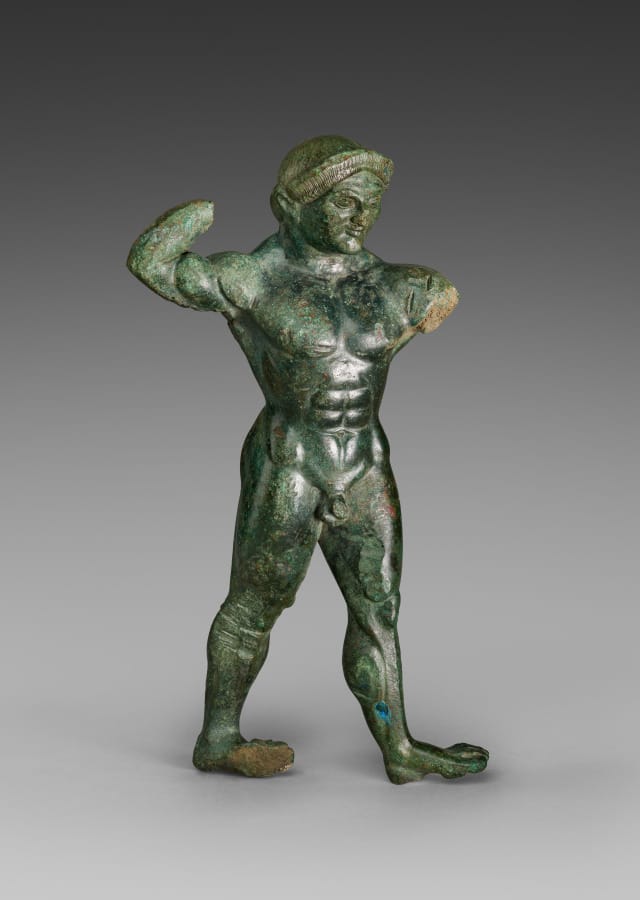
§§§
Mars, Giambologna (circa 1584–87)
Although he is lacking the helmet and armor common to Mars in Roman iconography, this figure is identified as the ancient god of war. Mars pauses mid-stride, swinging his sword arm back to strike an enemy in his gaze; this dynamic composition is typical of Giambologna’s models. Collectors prized small bronzes such as this and often kept them in special rooms along with antiquities, coins, shells, and other curiosities. Easy to hold and arrange due to their small size, they were appreciated through touch as well as sight.
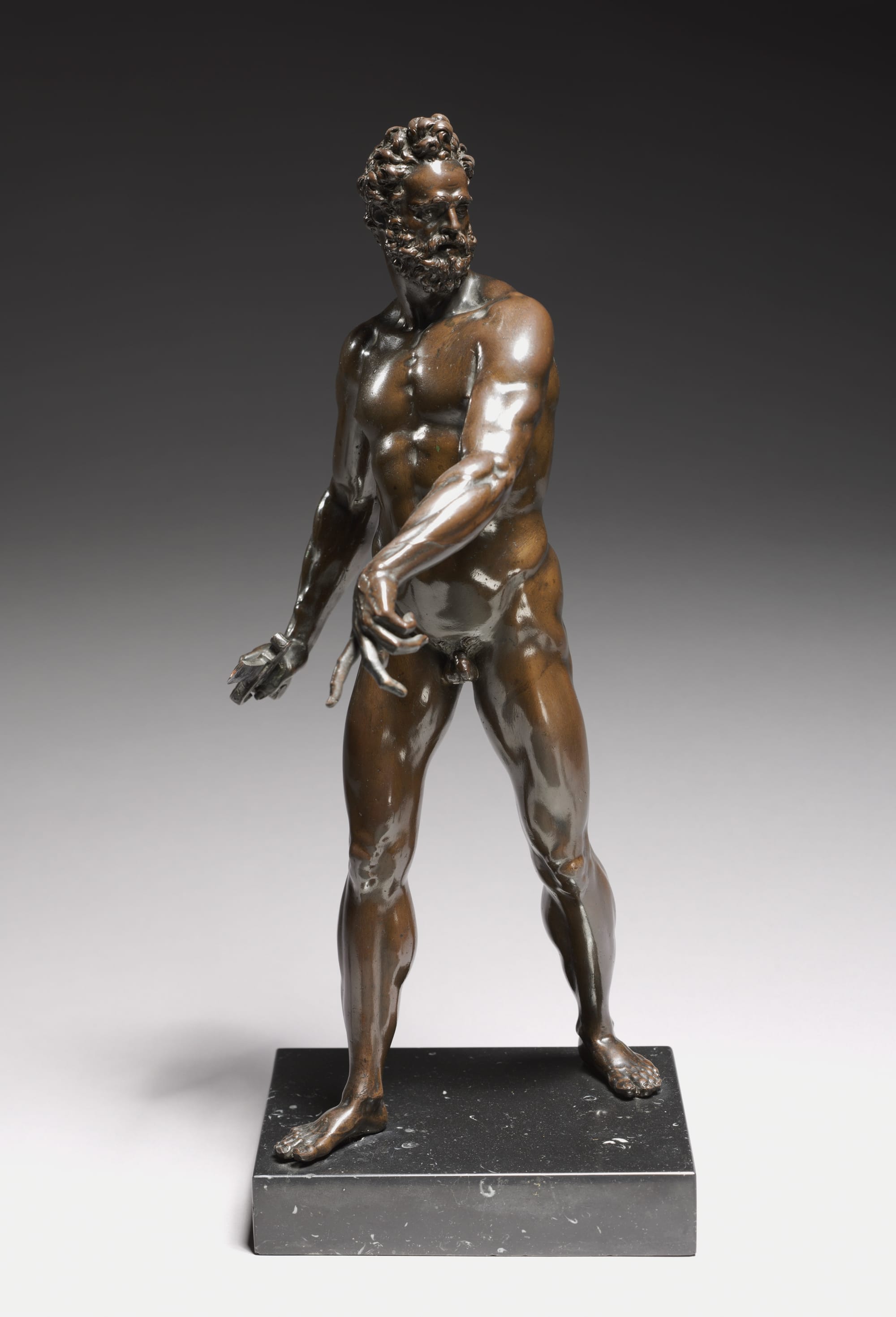
§§§
Statue of an Athlete, 1–100 CE (Italy, Roman)
This idealized athlete recalls Greek sculptural types invented and popularized during the 400s BC. Large-scale athletes and other sculptures like this were originally created by famous artists as sanctuary dedications. Centuries later, they were widely copied and adapted by Roman sculptors, whose clients sought their own versions of earlier masterpieces. Working in marble rather than bronze, these sculptors added certain elements for stability, such as the struts and the large tree trunk beside the right leg here. Sculptures like this one are profoundly complex, made by and for Romans but descended from Greek ancestors.

§§§
The Age of Bronze, 1875–76, Auguste Rodin
Rodin’s earliest surviving life-size sculpture, The Age of Bronze is an enigmatic and provocative image of a man awakening to new consciousness. The figure originally held a spear in one hand; by removing the weapon, Rodin stripped the sculpture of narrative symbols and focused on the sensuality and psychological power of the male nude. Contemporaries found the figure so realistic they falsely accused Rodin of making a cast from a living person. Museum trustee Ralph King commissioned this cast from the artist in 1916 with the intention of donating it to the museum. Rodin personally supervised the exceptionally fine casting and finished it with his favorite patina, a deep reddish tone he called “crushed grape.” The sculpture suggests the heroism and suffering of his countrymen during the Franco-Prussian War of 1870–71. This life-sized male figure was modeled after a Belgium soldier named August Neyt.
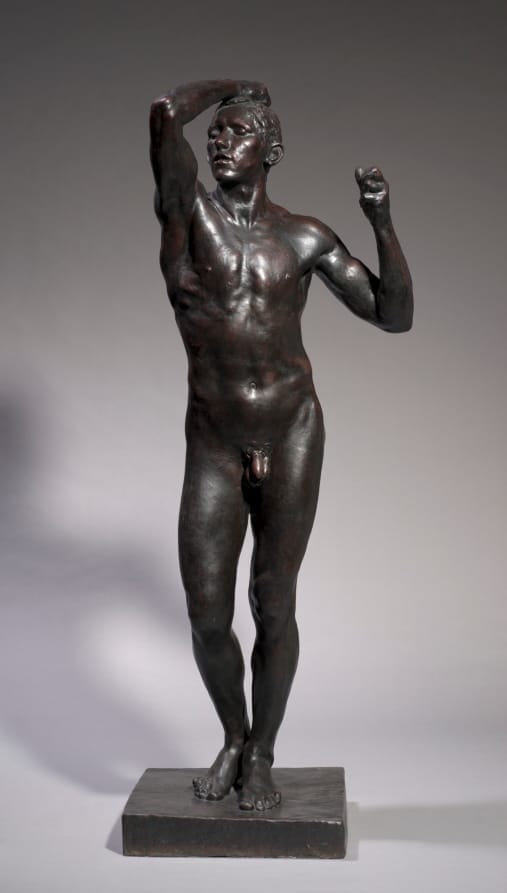
Four Things To Listen To
I don’t usually choose four pieces of music by the same band or composer for this section, but I knew nothing about Samuel Coleridge-Taylor until I came upon his name in this article in The New York Times. Once I listened to the music, though, I decided I didn’t want to choose one from among these pieces. Coleridge-Taylor was a Black British composer who lived from 1875-1912. He died young, at 37, from pneumonia. According to the Time article, he earned his reputation as a composer in part by “integrating European Romantic style with musical traditions associated with his West African heritage.” This is an interview with Coleridge-Taylor's daughter Avril, who also a composer.
Hiawatha’s Wedding Feast
§§§
Ballade in A Minor, Op. 33: I. Allegro energico, ma non troppo presto
§§§
Deep River, Op. 59 No. 10
§§§
Violin Concerto in G Minor
Four Things About Me
The last thing I remember doing with my brother before he died in a car crash was going to an Allman Brothers concert at Madison Square Garden sometime in the early 1980s. I don’t know who gave us the tickets, but the seats were not great. In fact, I think we were seated not quite, but almost behind the band. I wish I could say it was a true bonding moment, but it wasn’t. We went to the concert, and I think we enjoyed it, but I remember almost nothing of what we talked about, and spending that time together did nothing to bridge the distance that had grown between us. It was not the last time we saw each other, though. That came shortly before the crash. In my memory, we are sitting across from each other at the kitchen table in my grandparents’ Dutchess County summer house. Again, I have no memory of what we talked about, but the memory itself is tinged with regret, since I do recall coming away from that meeting feeling like we were at last starting to talk to each other like brothers, not strangers. Then, a short time later, he was dead. I often wonder what we would have said to each other if we’d had the chance to move further along that path towards reconciliation. Sadly, I will never know.
§§§
I found this list of books I wanted to read on the first page of the journal I started on May 31, 1988, a couple of months before I left to teach English in Seoul, South Korea. The ones that are crossed out—and they are crossed out like that in the journal—are the ones that I’d already read, though Intercrouse is the only one of those that I remember well and that, along with Flaunting It!, I still own. I just ordered Sitting In because Hayden Carruth is one of my touchstones as an essayist and the thought of having some new-to-me essays of his to read excites me. I don’t remember if I read any of the others books on the list, though.
- Sitting In, Hayden Carruth
Intercourse, Andrea Dworkin- The Art in a Craft, Harry Remde
The Lesbian Body, Monique WittigFlaunting It!, Pink Triangle PressThe Squanicook Eclogues, Melissa Green- Adam’s Dream: A Preface to Translation, Ben Belitt
- Daily Bread, Marc Kaminsky, with photos by Leon Supraner
- Faces in a Single Tree, Robert Pack
- Semites and Anti-Semites, Bernard Lewis
- The Language of the Heart: The Body’s Response to Human Dialogue, James J. Lynch
- Biophilia, Edward O. Wilson
- A Passion for Friends, Janice G. Raymond
- The Chosen Place, The Timeless People, Paule Marshall
- The Book of Laughter and Forgetting, Milan Kundera
- The Art of the Novel, Milan Kundera
- Collusion Across the Jordan, Avi Shlaim
- Half of Man Is Woman, Zhang Xianliang, translated by Martha Avery
- Articulate Flesh: Male Homo-eroticism and Modern Poetry, Gregory Woods
§§§
Paging through that journal, I found this passage:
Sometimes I wonder if I should be a teacher at all—I don’t like the preparation, paper-grading infuriates me—but then I think that maybe I just haven’t found my subject yet. For a while I thought ESL was it, but I don’t think so anymore. It’s too divorced from the things that really concern me: writing, feminism, other political concerns, Jewish culture and identity, antisemitism, spirituality. In fact, it’s one reason I sometimes toy with the idea of a PhD outside of English/Language Studies. In composition classes you need to be too concerned with the formal aspect of writing, with rules, with hierarchy and power. Now, I know perfectly well that all writing must follow rules, that my own writing is amazingly rule conscious—but more and more I am coming to Bob Gates’ idea about teaching: that the best thing to do is trust your beginning to lead you somewhere meaningful. I think of the things I so rebel against at ETC [the English Training Center, the school where I taught I Seoul] is the notion of structure, of hierarchy, of teacher-centeredness.
What I was rebelling against specifically was being required to hand in daily lesson plans because Susan, the woman who ran ETC, disapproved of the organic way I taught my classes. Looking back, I doubt that she was totally wrong in whatever specific critique she had. I was, after all, only twenty-six-years-old, hardly what you would call an experienced classroom instructor, but instead of helping me cultivate my own teaching style, she insisted that I conform to a very traditional model of what a lesson should look like, with a clearly stated learning goal and a series of cleanly defined steps for students to follow. I had forgotten about Professor Robert Gates’ “idea about teaching” until I read this essay, but if I had to describe my classroom method in one sentence that would be it. I picked what I thought of as an interesting place to start and then, within the broad parameters of subject matter, allowed the class to follow that wherever it led; and this was true whether I was teaching ESL, composition, literature, or creative writing. (I wrote about the class I took with Gates’ and his displeasure that I chose to wrote on Morris West’s novel The World Is Made Of Glass in the “About Me” section of Four by Four #21.)
§§§
In that same journal, I wrote this in an earlier entry:
When I was in graduate school, my language testing professor told my class something which, at the time, seemed to me extremely pessimistic and disillusioning. “Students in a language classroom,“ he said, “never learn what you think you’re teaching.” At the time, I thought if that’s true, why am I bothering to enter this profession at all? For what purpose am I learning to write lesson plans, design tests, present syntactic, semantic, and phonological structures if my students will not learn them anyway? Well, I have been teaching now for about two years [counting my ESL teaching practicum and a year of adjunct teaching at a college near where I lived, but not yet counting the teaching I did in Korea], and I have come to see the wisdom in my teacher’s words. What I think he meant is not that it is useless for teachers to prepare lessons, but that it’s useless for teachers to expect students to learn according to, or within, teacher-specified parameters.
What I meant by “teacher-specified parameters” was the instructor’s preconceived notion of how a lesson should progress, and what I meant about seeing “the wisdom in my teacher’s words” was this: I had learned that trying too hard to force what went on in my classroom to conform to the progression I imagined for whatever lesson I was teaching was a sure-fire way to make sure the lesson failed. This idea, that you can’t control what your students learn, is the other half of my teaching philosophy.
You are receiving this newsletter either because you have expressed interest in my work or because you have signed up for the First Tuesdays mailing list. If you do not wish to receive it, simply click the Unsubscribe button below.
It All Connects is for anyone who grapples with complexity—of identity, art-making, culture, or conscience—to make a difference in their own life and, potentially, in the life of their community.
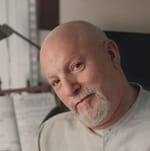





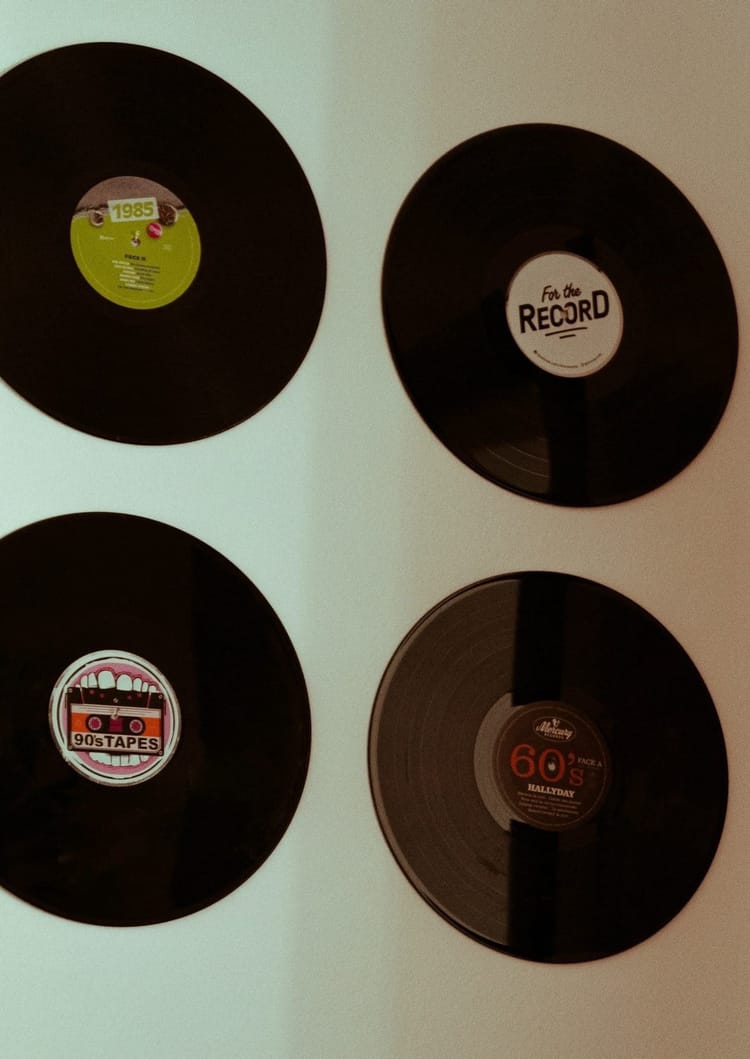
Member discussion